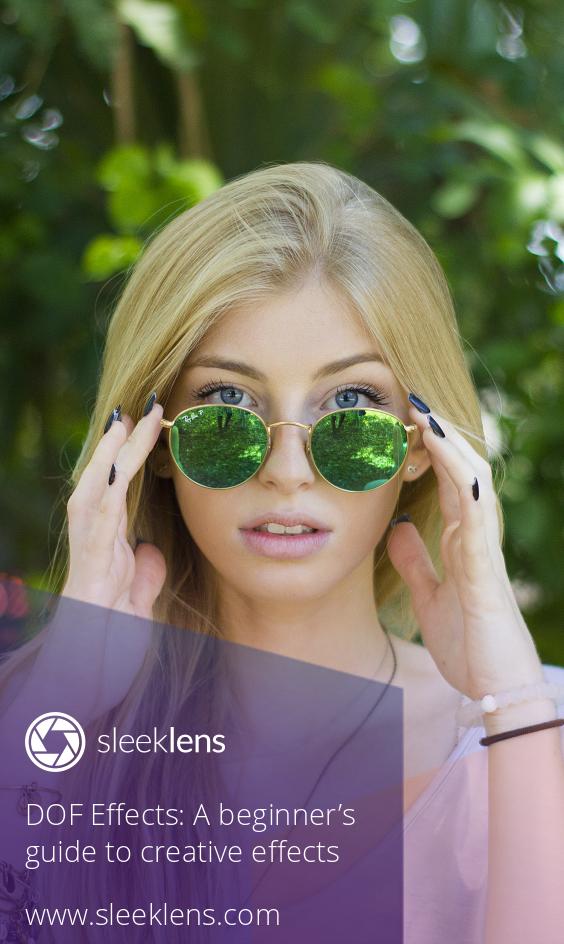
Most 24-70mm lenses are impressively robust, featuring a solid build that’s designed to last. Imagine heading to a photoshoot with just one lens in your bag. Plus, the versatility of a 24-70mm lens means that you can work with it and nothing else, even as you go gallivanting across the world for destination shoots and vacations. I’ve already touched on this, but it’s arguably the most important benefit of a 24-70mm lens, so it deserves its own section. The focal length range is incredibly versatile It’s so convenient, and it’s all thanks to the power of a 24-70mm lens.ģ. Zoom out for a shot of the wedding guests, step in for a shot of the centerpieces, zoom out for a shot of the ceiling, step in for a shot of the place settings.Īnd if you like to shoot landscapes, you can capture sweeping scenics at 24mm, then zoom in to 70mm and get in close for details of rocks, sand patterns, etc. What’s especially exciting is how flexible a 24-70mm lens can be if you’re photographing a portrait subject, you can step back for a nice full-body shot, move in slightly for a head-and-shoulders composition, then move in even closer for a detail photo of your subject’s eyes, ears, or clothing.Įvent photographers use this close-focusing flexibility all the time. In other words, you can use a 24-70mm lens to capture stunning close-up shots – of flowers, leaves, portrait details, and more. The minimum focusing distance does vary from model to model, but it’s generally around 15 inches (38 centimeters). You see, while these lenses are often created with portrait, landscape, and nature subjects in mind, they also offer impressive close-focusing capabilities. Instead, it’s just right.Ģ4-70mm lenses are designed for standard-sized subjects, right? Plus, the 50mm focal length is outstanding for portrait photography: not so long that you lose intimacy, and not so wide that you stretch the subject.

And at 70mm, you can zoom in for tighter compositions while still capturing a relatively neutral perspective. So you can do wide-angle photography without worrying about wide-angle effects. You can spot interesting subjects, bring your camera to your eye, and snap away – whereas ultra-wide lenses and telephoto lenses force you to think about the field of view, distortion, compression, and how they change the scene.Įven at 24mm, distortion is limited. In fact, when you’re photographing as the eye sees, it’s much easier to learn composition. Therefore, to use a 24-70mm lens, you don’t need to learn to see differently instead, looking through a 24-70mm, you’ll get a very natural field of view.

The focal length of a 24-70mm lens stretches from wide-angle to short telephoto – but the bulk of its range sits in the standard focal length spot, which corresponds closely to the human eye.

While I don’t offer specific 24-70mm lens recommendations, note that pretty much every major lens manufacturer sells top-notch options, including Canon, Nikon, Pentax, Sony, Sigma, and Tamron. I also share plenty of 24-70mm photo examples, so you know what to expect after buying. Are you trying to decide whether a 24-70mm lens is right for you? Like most photographers, I’m a huge 24-70mm fan – and I think you should be, too.īelow, I share my top five reasons why you should purchase a 24-70mm lens, whether you’re a landscape photographer, a portrait photographer, a nature photographer, or a casual hobbyist.


 0 kommentar(er)
0 kommentar(er)
